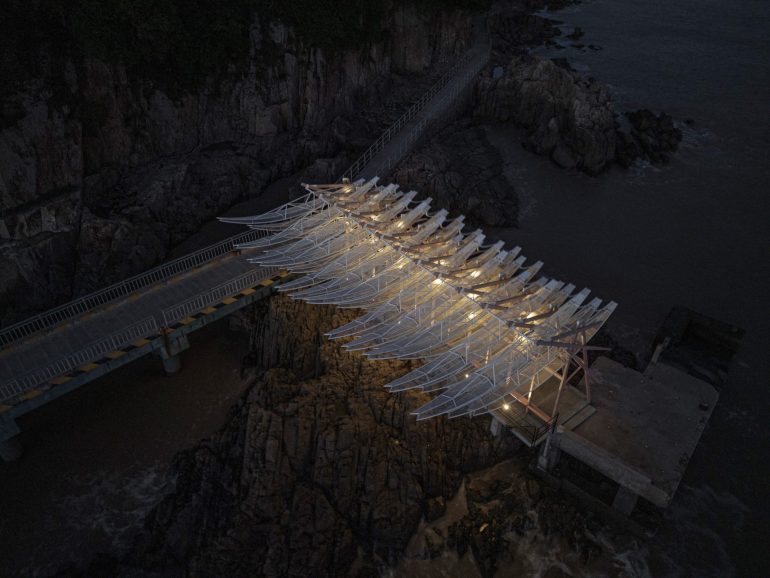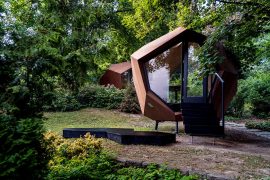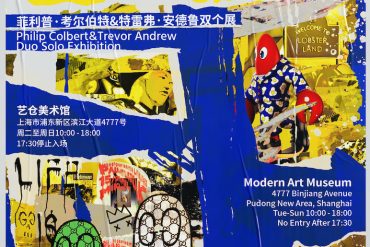近年来,中国在全球艺术与设计领域展现出独特的创造力。从案例1中GN Architects在舟山柴山岛设计的“海边亭阁”,到案例3中100architects在广州打造的“线构景观”游乐场,这些作品不仅融合自然元素与功能性,更通过动态结构(如随风摆动的弹性叶片)或超现实视觉(如螺旋管状树木)重新定义公共空间。
案例5揭示的历史性发现——林语堂1947年发明的明快中文打字机,则展现了中国在技术革新上的早期尝试。这台唯一存世的原型机通过部件组合输入汉字,虽未量产,却为现代中文信息处理提供了灵感。
国际视角下,案例2德国艺术家Martin Binder的“平衡长椅”与案例4巴西艺术家Amanda Lobos的充气装置“Ventura”形成有趣对照。前者以互动设计促进人际合作,后者用奇幻生物探讨人与自然的关系,两者均体现公共艺术的社会价值。
案例1:GN Architects – 海边亭阁 (Seaside Pavilion)
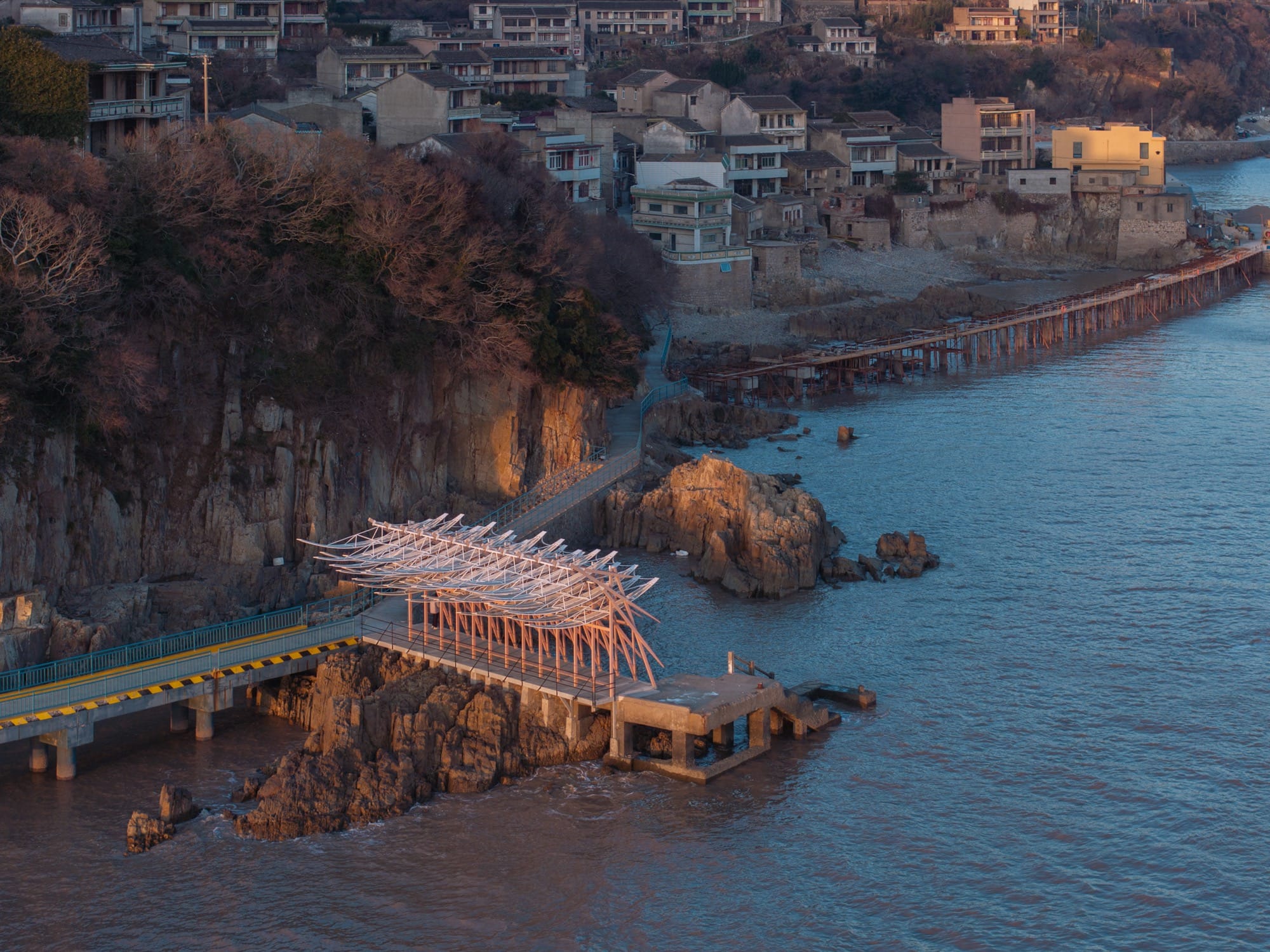
Photo by Tian Fangfang. All images courtesy of GN Architects, shared with permission
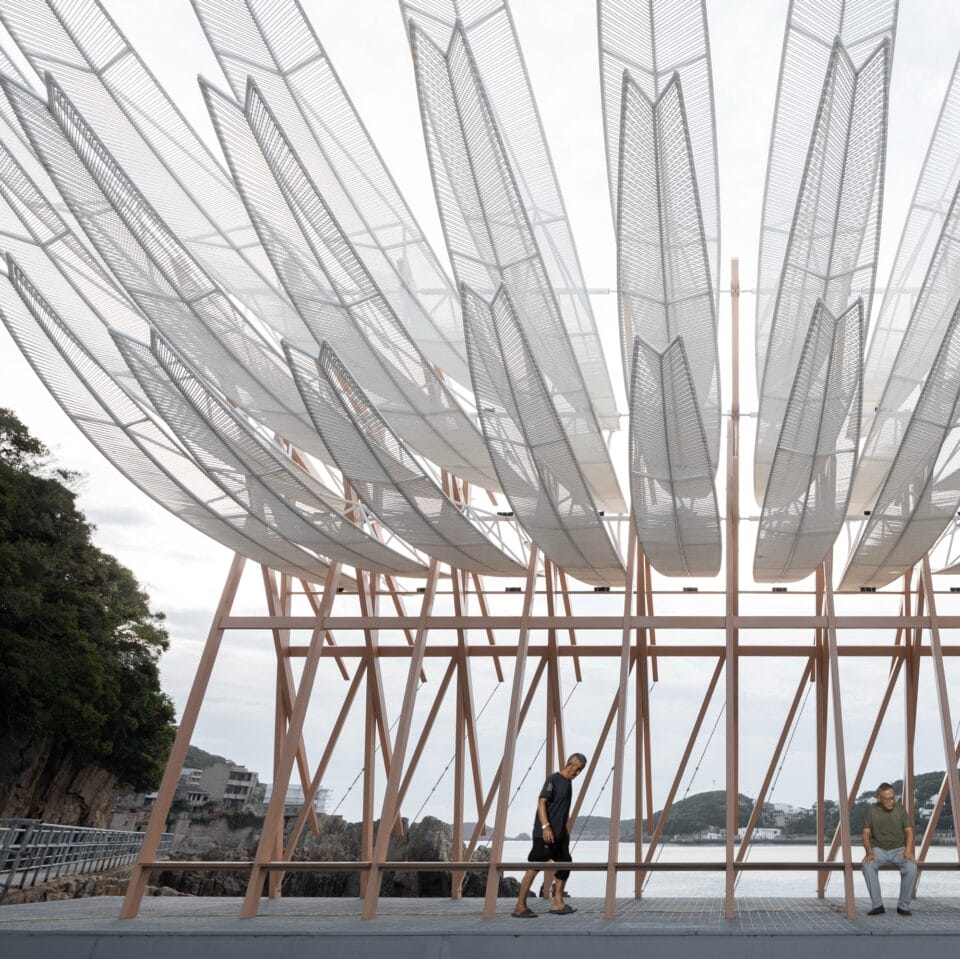
Photo by Liang Wenjun
地点:浙江舟山柴山岛 (Chai Shan Island, Zhoushan, Zhejiang, China)
设计团队:GN Architects(中国)
建成时间:2025年
作品特点:
结构:轻盈的钢结构亭阁,顶部覆盖半透明ETFE膜,可随风摆动
功能:融合观景台与社区活动空间,提供遮阳避雨的休憩场所
文化元素:灵感来自渔村传统晾网架,现代演绎海洋文化
可持续性:利用海风自然通风,减少能源消耗
案例2:Martin Binder – 平衡长椅 (Balance Bench)
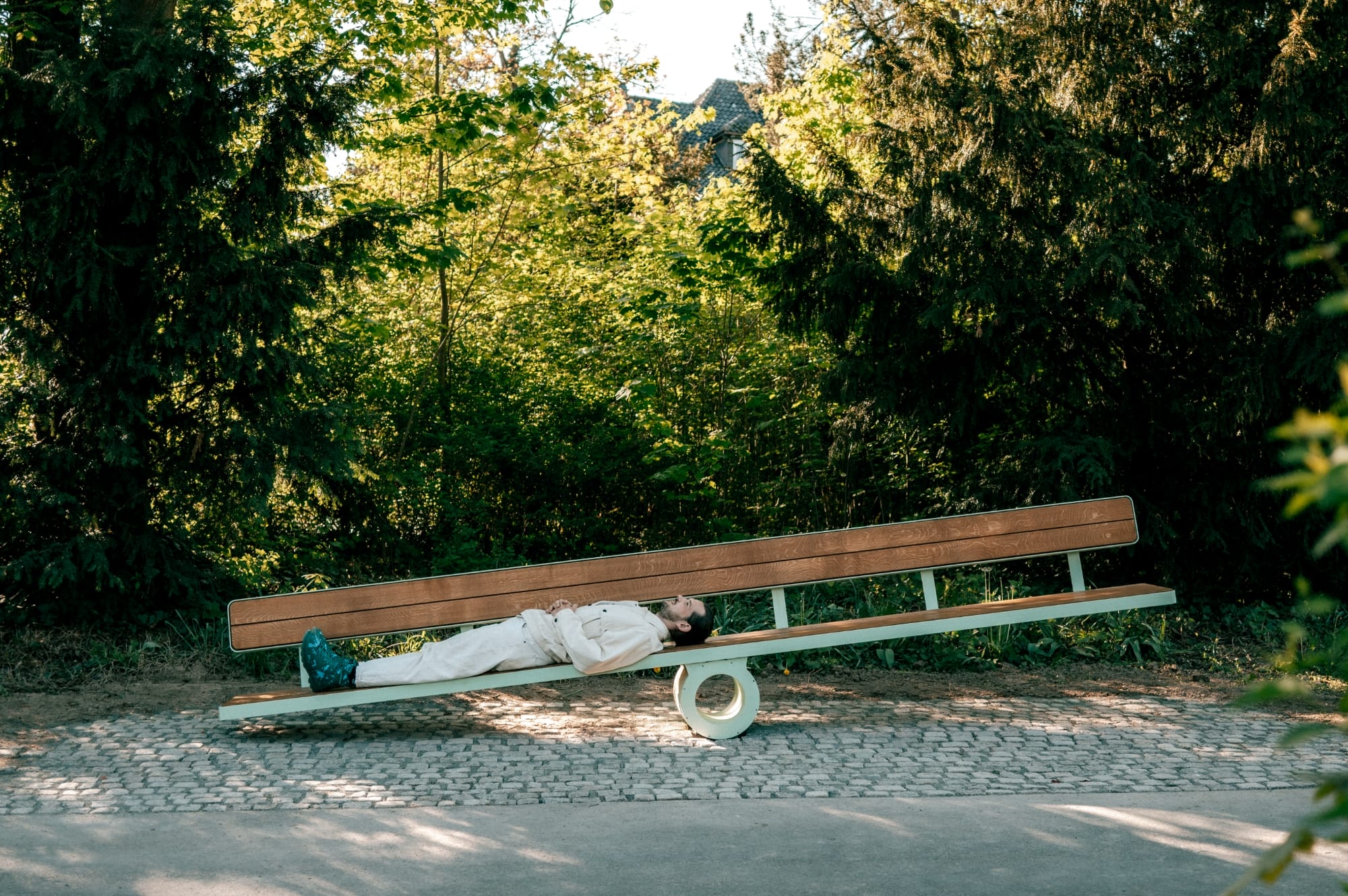
All photos by Spieker Fotografie, courtesy of Martin Binder, shared with permission
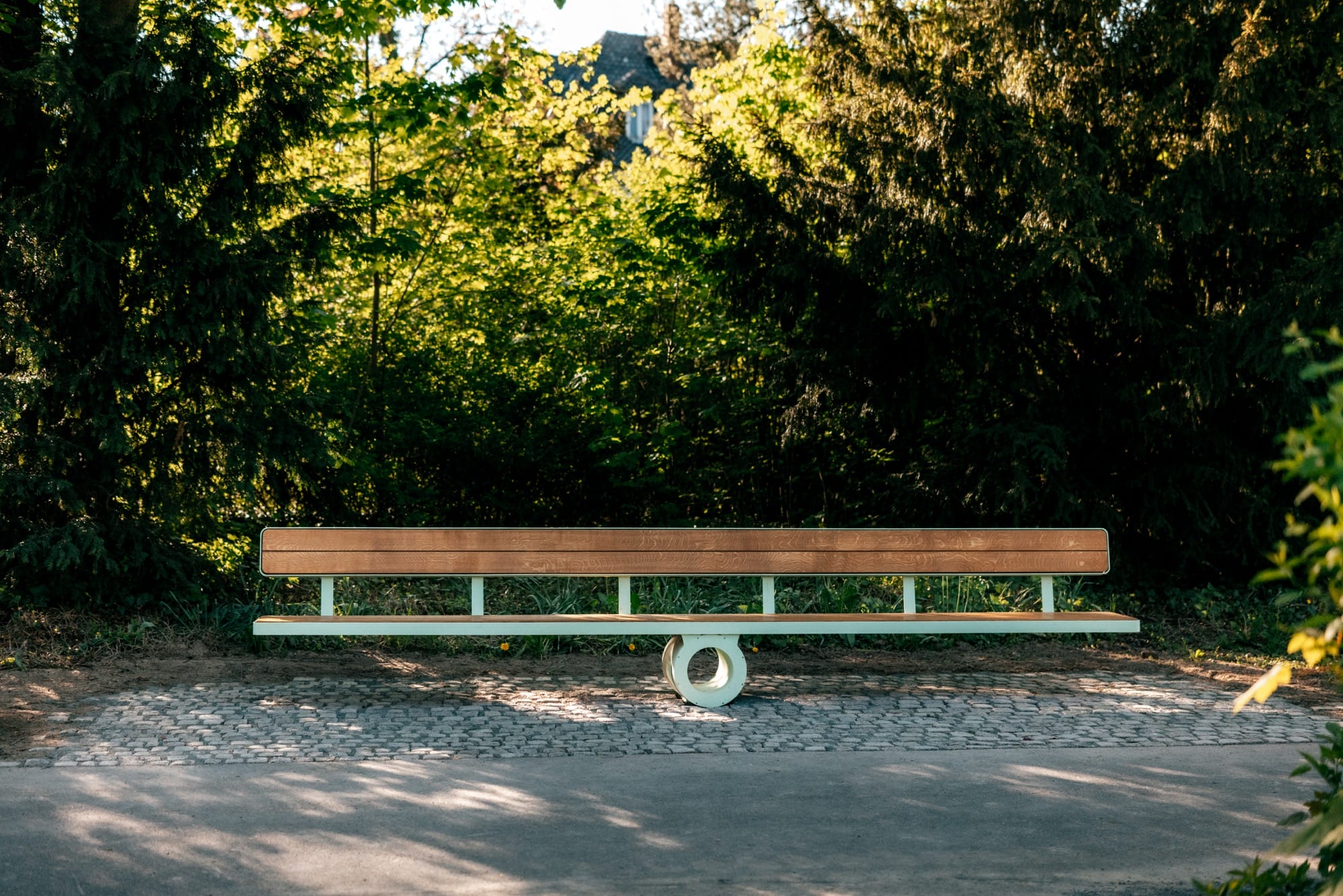
地点:德国柏林Tempelhof公园 (Tempelhof Park, Berlin, Germany)
艺术家:Martin Binder(德国)
创作时间:2025年
作品特点:
互动设计:长椅两端重量需使用者协作平衡,否则倾斜
材质:抛光不锈钢与实木结合,兼具工业感与自然触感
社会意义:通过物理互动隐喻人际关系的相互依存
尺寸:长4米,可供4-6人同时使用
案例3:100architects – 线构景观 (Wired Scape)

Aerial view of “Wired Scape,” Guangzhou, China. Photos by RexZou. All images courtesy of 100architects, shared with permission
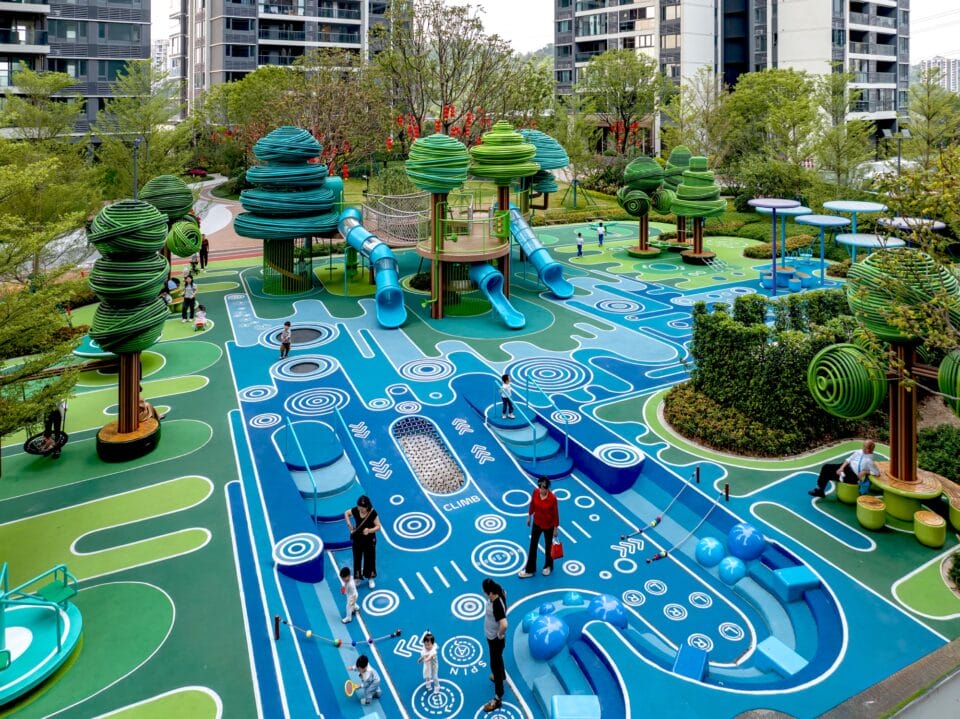
地点:广州琶洲CBD中央绿地 (Pazhou CBD Central Park, Guangzhou, China)
设计团队:100architects(上海)
完成时间:2025年
作品特点:
视觉语言:彩色钢管构成抽象树木与云朵,形成超现实场景
功能:儿童游乐设施与艺术装置结合,钢管兼作攀爬架
技术:夜间LED动态照明,随声音互动变换色彩
尺寸:主体结构高8米,覆盖300平方米区域
案例4:Amanda Lobos – Ventura充气装置 (Ventura Inflatable Sculpture)
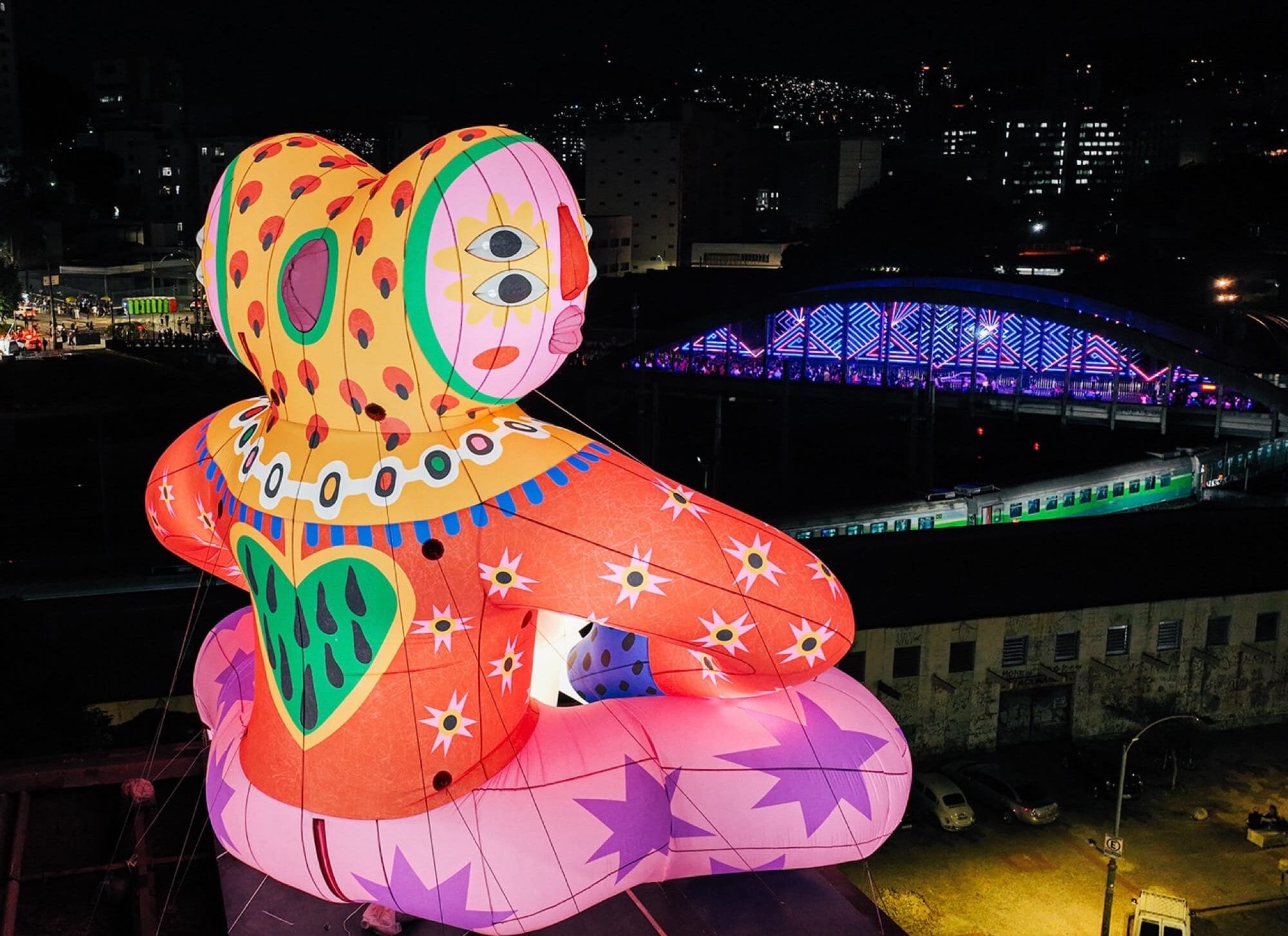
“Ventura” (2024), Festa da Luz, Belo Horizonte, Minas Gerais, Brazil. All images courtesy of Amanda Lobos, shared with permission
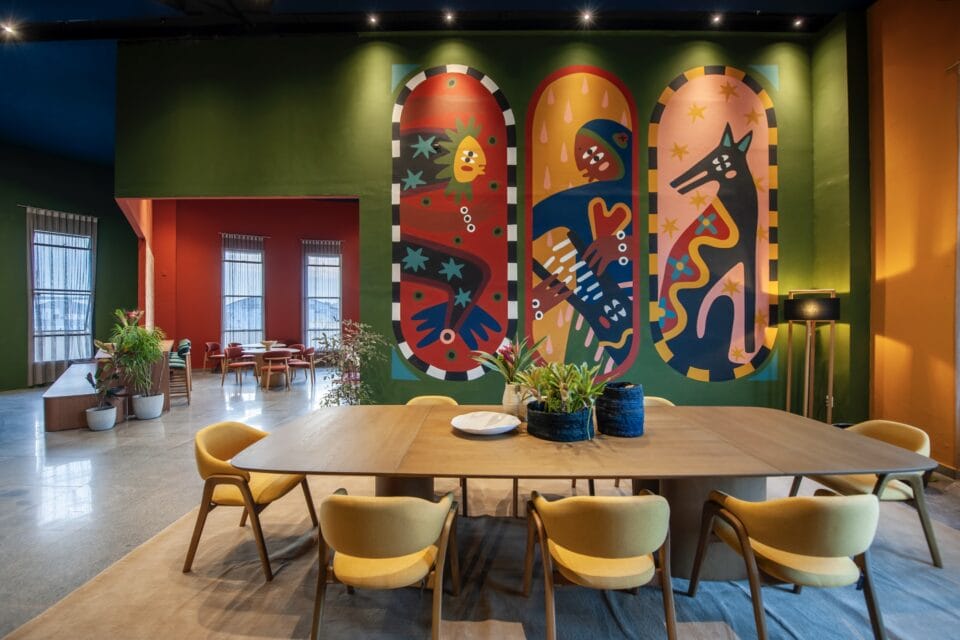
Interior mural for CASACOR Espírito Santo
地点:巴西圣保罗艺术中心 (São Paulo Art Center, Brazil)
艺术家:Amanda Lobos(巴西)
展出时间:2025年2月
作品特点:
形态:巨型充气生物造型,触须状延伸结构覆盖展馆外墙
材质:环保PVC与尼龙织物,内部气压调节系统
主题:探讨人类与海洋生物共生的未来图景
尺寸:主装置高12米,延伸部分总长30米
案例5:明快中文打字机 (Mingkwai Chinese Typewriter)
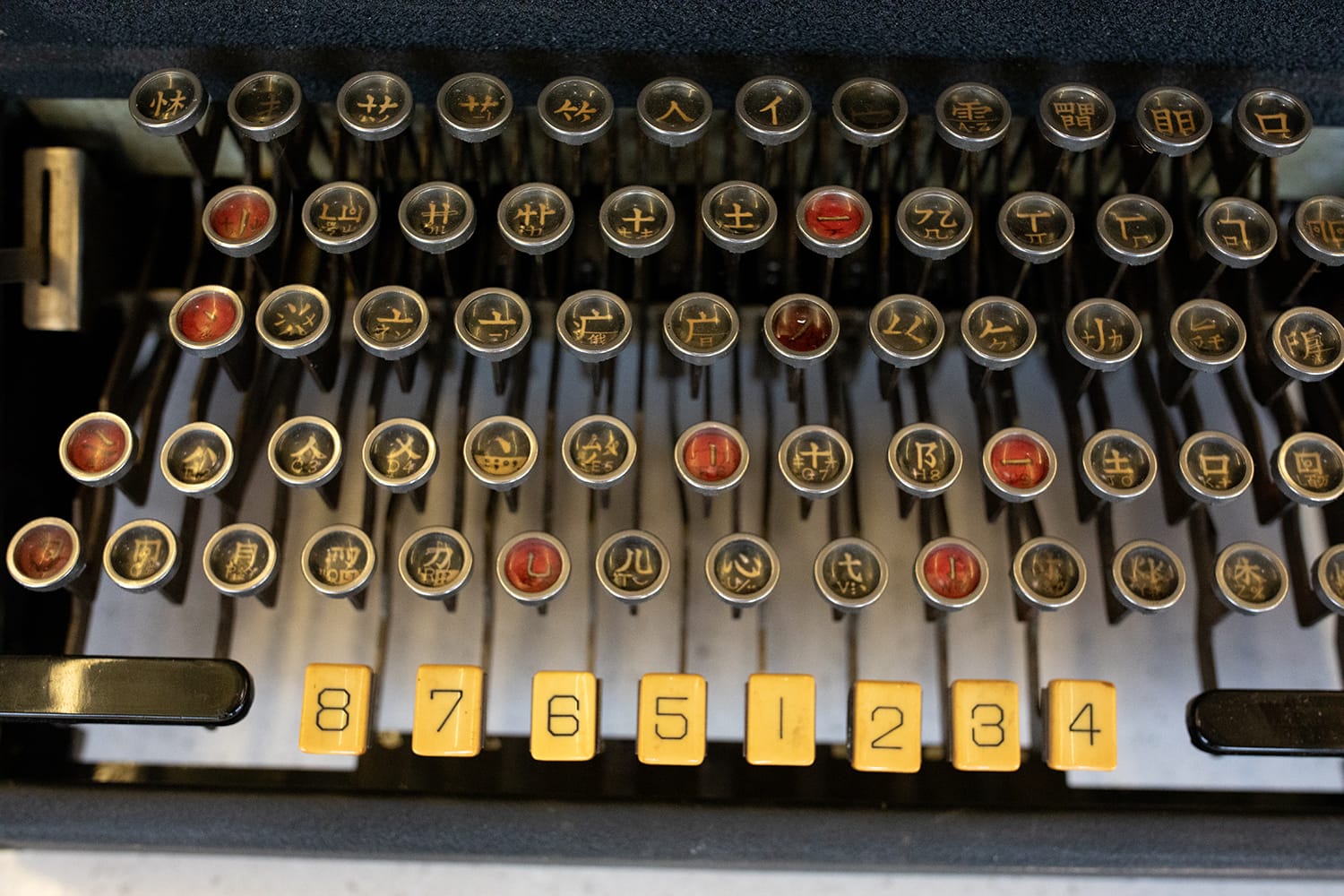
Photo by Elisabeth von Boch, courtesy of Stanford Libraries, shared with permission

发现地点:上海历史博物馆藏品 (Shanghai History Museum Collection)
发明者:林语堂(Lin Yutang, 1895–1976)
原型机年代:1947年
历史意义:
技术突破:首台基于部件组合的中文打字机,可输入9万字符
设计:键盘仅需64键,通过上下零件拼合生成汉字
影响:虽未量产,但为现代中文输入法(如五笔)提供灵感
五组作品横跨建筑、公共艺术、工业设计领域,共同呈现2025年全球创意生态的多元面貌——从中国渔村的现代转译(案例1)到柏林的社会实验(案例2),从广州的动画式景观(案例3)到圣保罗的生态寓言(案例4),乃至尘封的技术遗产(案例5)。
这些案例共同呈现三大趋势:
- 一是地域文化与国际语言的融合(如案例1的渔村复兴与链接3的动画美学);
- 二是传统技艺的当代转化(打字机原理与新型游乐设施);
- 三是艺术对公共议题的回应(环保、社区互动等)。
中国设计师正通过跨学科实践,在全球创意生态中确立独特坐标。
文:Alan Huang,结合AI生成,艺廊网专稿


